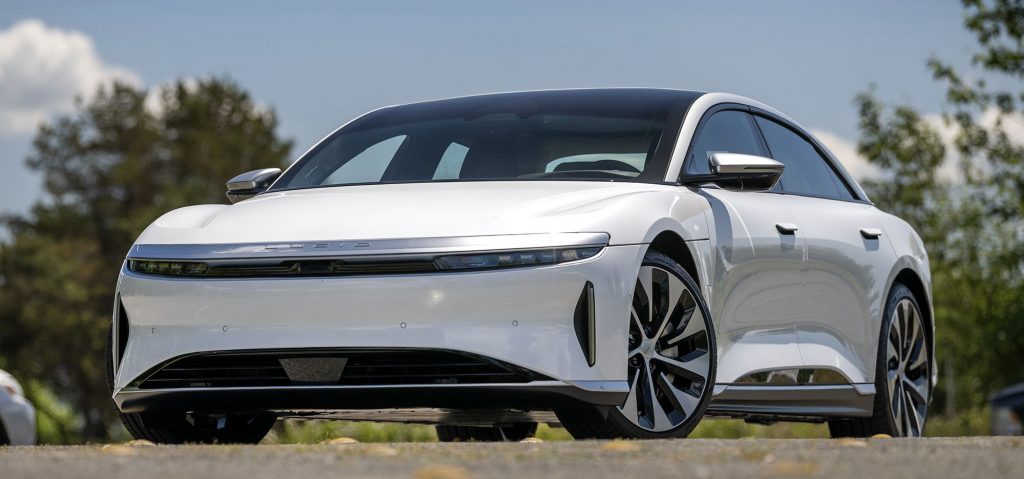
Do your research:
Once you’ve decided that an EV is right for you, we should research EVs more carefully.
What Is an EV?
An electric vehicle is a car that uses electricity instead of gasoline to provide the energy it uses to move.
When you’re researching which electric car to buy, you may run into the term “electrified vehicles.” That does not refer to cars that use only electricity, but rather cars powered by at least some electricity to provide the energy they need to move.
What Is a Hybrid?
Hybrid cars use both electricity and gasoline. They run on both a gasoline engine and a small electric motor. They use their electric motor to get up to a certain speed, after which the gasoline engine takes over. Using gasoline for only part of their power makes them more fuel-efficient than regular gasoline-powered cars.
The Hyundai Elantra, for instance, is available with a gasoline-only powertrain or a hybrid powertrain. In gasoline-only form, it gets an EPA-estimated 33 mpg in the city and 43 on the highway. In hybrid form, it gets 53 mpg in the city and 56 mpg on the highway. But hybrids are not EVs.
